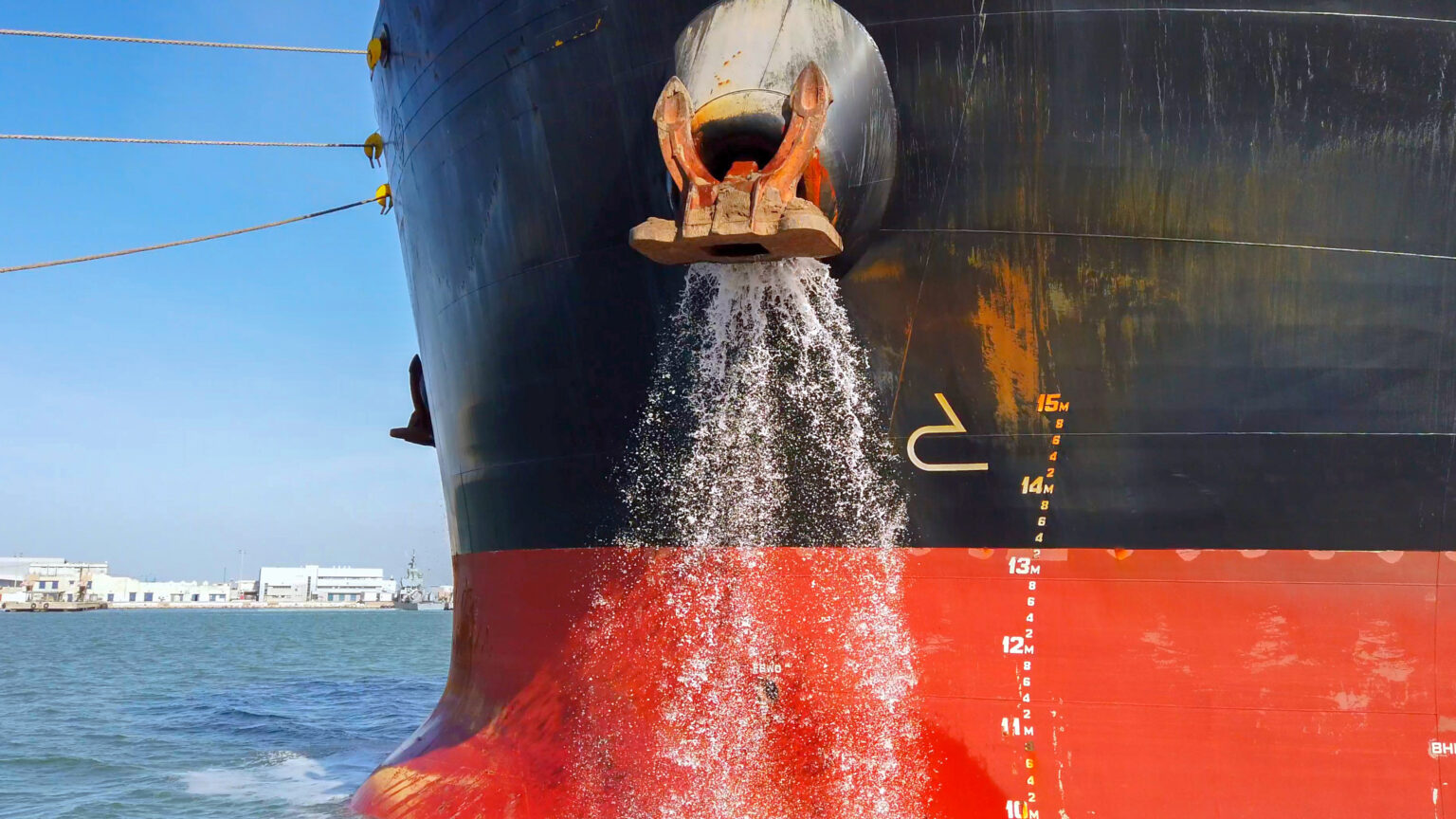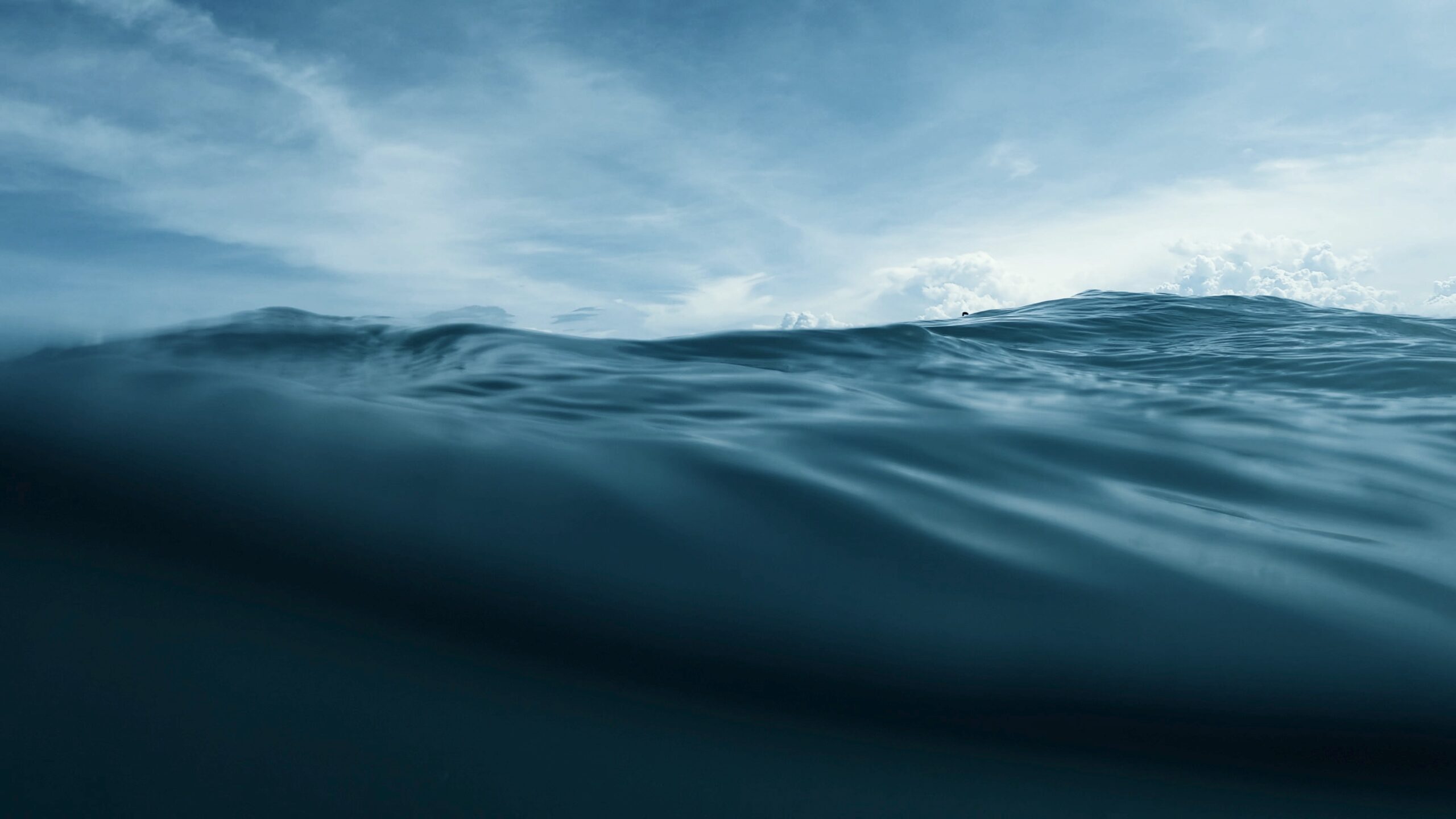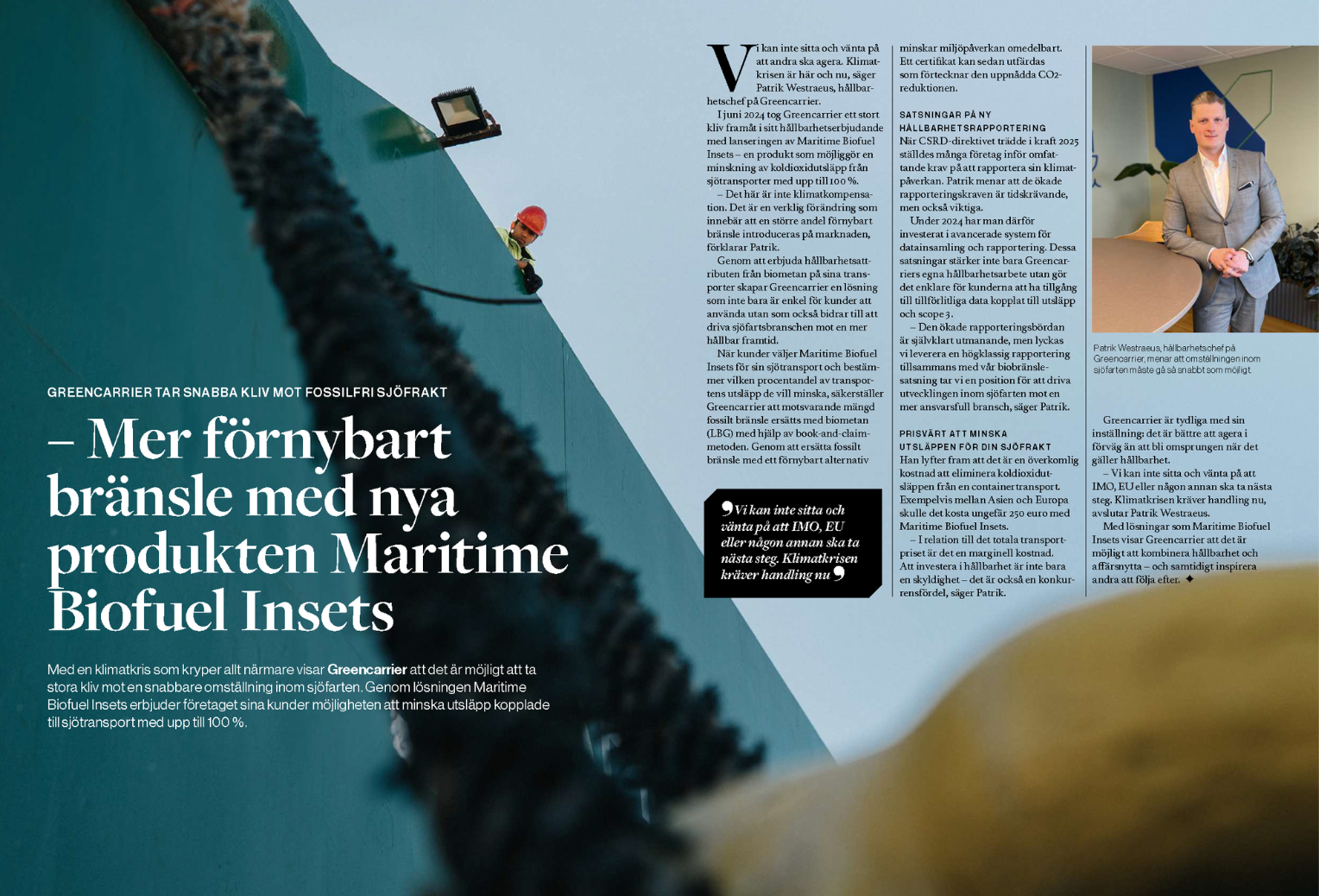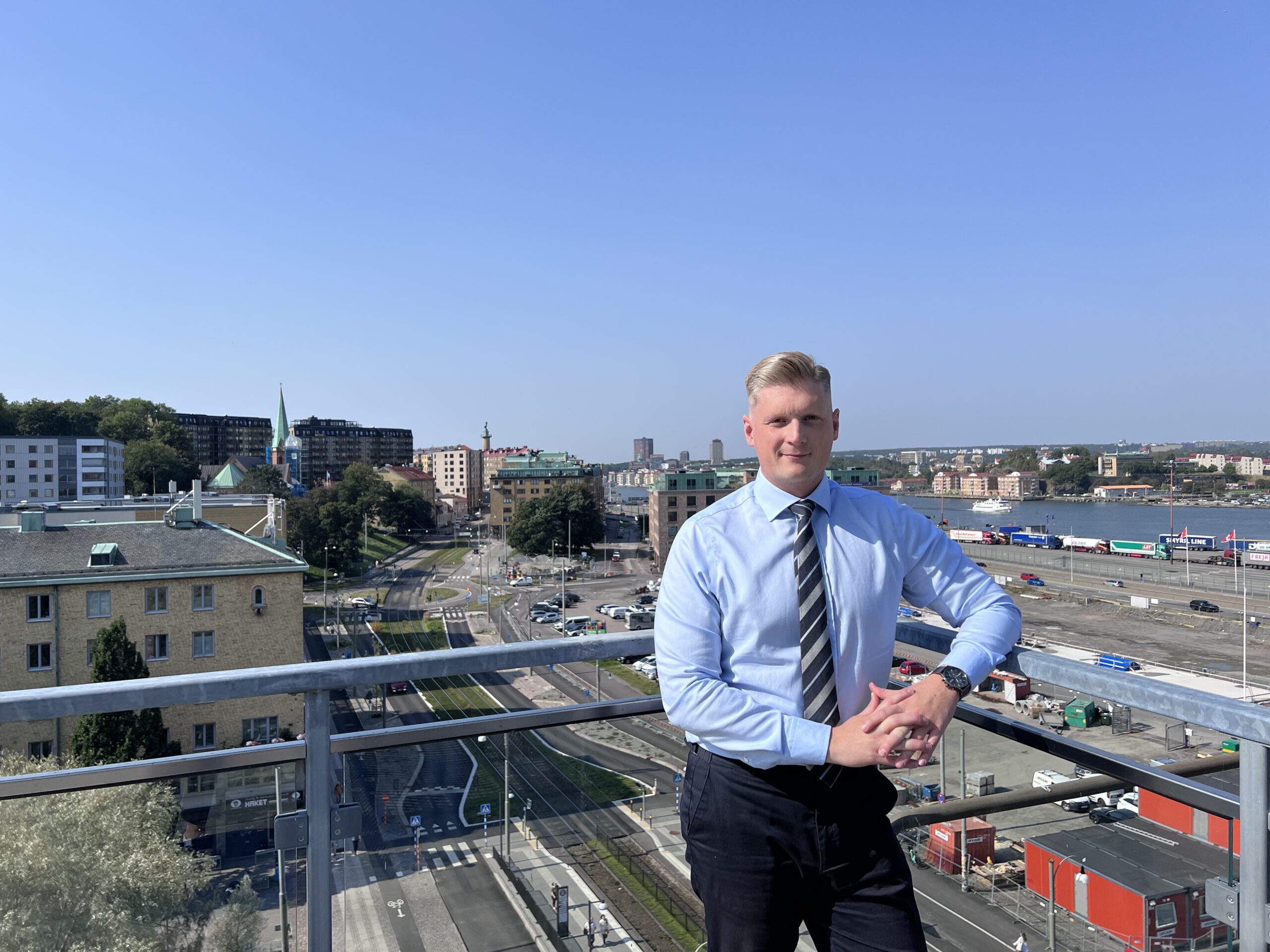What is a ballast water management plan, how can it protect the environment and what are the requirements for ships? In this blog post, I will share the essential facts about this regulation, together with the actions Evergreen Line has taken to adapt to the regulation in their operations.
What is ballast water and how can it be harmful to the environment?
Ballast water is taken onboard by ships to adjust the ships stability and trim. The water usually contain thousands of marine microorganisms, plants and animals, which are carried across the globe onboard the ships. Untreated ballast water released at the ship’s destination can introduce a new invasive marine species, which effects the marine ecosystems and can be harmful to the ecological balance.
Therefor IMO adopted The International Convention for the Control and Management of Ships’ Ballast Water and Sediments (BWM Convention) in 2004, in order to regulate and control the transfer of potentially invasive species carried in the ballast water.
The requirements for ships
When the IMO’s Ballast Water Management Convention came into full effect in September 2017, all ships trading in international waters are required to:
- Manage their ballast water according to a ship-specific ballast water management plan.
- Comply with the convention by using ballast water replacement (D-1) or ballast water treatment system (D-2) method.
- Carry a ballast water record book and an international ballast water management certificate.
In the end of this decade most ships in international trade have to have ballast water treatment system installed onboard. We asked Evergreen Line how they handle these new regulations onboard their ships and in their operations.
How does Evergreen Line apply to these new regulations in their operations?
All Evergreen vessels have their own “Ballast Water Management Plan”, ballast water exchange complies with the convention “Ballast Water Ballast Water and Sediments, 2004” by using ballast water replacement (D-1) or ballast water treatment systems (D-2) method. All ballast water exchange operations will be recorded in the ballast water record book. Every crew member who operates ballast water replacement is trained to ensure compliance with regulatory and company policy requirements.
How does Evergreen Line work to ensure ballast water being treated and discharged without environmental impact?
Both so called D-1 and D-2 standards are used in Evergreen fleet to protect the environment from ballast water pollution.
D-1: When ballast water is being replaced in the open sea at least 95% of the ballast water by volume should be replaced. For example, ships that use the pump in/pump out method to exchange the ballast water is considered to have achieved the 95% exchange ratio if the amount of ballast water pumped in and out is three times greater than their ballast water capacity.
D-2: Use of a ballast water treatment system to destroy micro-organisms in the ballast water when it is being pumped in or out of the ship
All ballast water exchange operations will be recorded in the ballast water record book.
How does a ballast water treatment system work in practice?
Ballast water is disinfected by a ballast water treatment system before it is discharged in order to greatly reduce the amount of organic matter and pathogenic microorganisms such as vibrio cholera, escherichia coli and enterococcus. Ecological catastrophes caused by the introduction of invasive alien species due to the exchange of ballast water in different regions can then be avoided.
Evergreen Marine started to actively assessing and installing a range of ballast water treatment systems already in 2012.
Does Evergreen have a fixed ballast water treatment system installed on board all vessels?
Over 50 vessels are already quipped with a ballast water treatment system.
How does ballast design help to minimize the environmental impact of ballast water?
By so called minimum ballast design – By increasing the ship’s width to improve the stability of the ship, the ship can reduce the amount of ballast water used during the voyage and minimize ballast water carried on board. It reduces the risk that the ballast water will be exchanged in different areas, which may cause ecological catastrophe.
According to the IMO convention, does the L type vessels meet the criteria of D1 or D2. What about the other vessels models, which are launched after L type?
L type vessels and vessels launched after L type are all equipped with ballast water treatment system and meet the standards of both D1 and D2. Actually, some ships launched before L type are also equipped with ballast water treatment equipment.
I hope you found this blog post helpful and that in answered some of your questions about ballast water management plan. Would you like to learn more, visit Greencarrier Liner Agency website!





